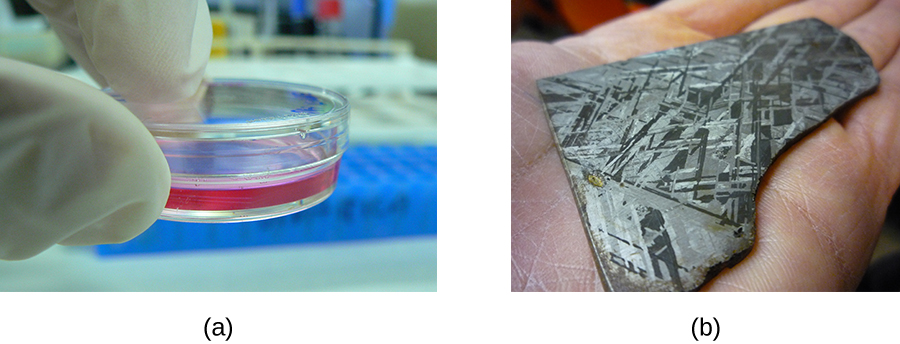| << Chapter < Page | Chapter >> Page > |
Cindy, a 17-year-old counselor at a summer sports camp, scraped her knee playing basketball 2 weeks ago. At the time, she thought it was only a minor abrasion that would heal, like many others before it. Instead, the wound began to look like an insect bite and has continued to become increasingly painful and swollen.
The camp nurse examines the lesion and observes a large amount of pus oozing from the surface. Concerned that Cindy may have developed a potentially aggressive infection, she swabs the wound to collect a sample from the infection site. Then she cleans out the pus and dresses the wound, instructing Cindy to keep the area clean and to come back the next day. When Cindy leaves, the nurse sends the sample to the closest medical lab to be analyzed under a microscope.
Jump to the next Clinical Focus box.
Visible light consists of electromagnetic waves that behave like other waves. Hence, many of the properties of light that are relevant to microscopy can be understood in terms of light’s behavior as a wave. An important property of light waves is the wavelength , or the distance between one peak of a wave and the next peak. The height of each peak (or depth of each trough) is called the amplitude . In contrast, the frequency of the wave is the rate of vibration of the wave, or the number of wavelengths within a specified time period ( [link] ).

Light waves interact with materials by being reflected, absorbed, or transmitted. Reflection occurs when a wave bounces off of a material. For example, a red piece of cloth may reflect red light to our eyes while absorbing other colors of light. Absorbance occurs when a material captures the energy of a light wave. In the case of glow-in-the-dark plastics, the energy from light can be absorbed and then later re-emitted as another form of phosphorescence. Transmission occurs when a wave travels through a material, like light through glass (the process of transmission is called transmittance ). When a material allows a large proportion of light to be transmitted, it may do so because it is thinner, or more transparent (having more transparency and less opacity ). [link] illustrates the difference between transparency and opacity.


Notification Switch
Would you like to follow the 'Microbiology' conversation and receive update notifications?